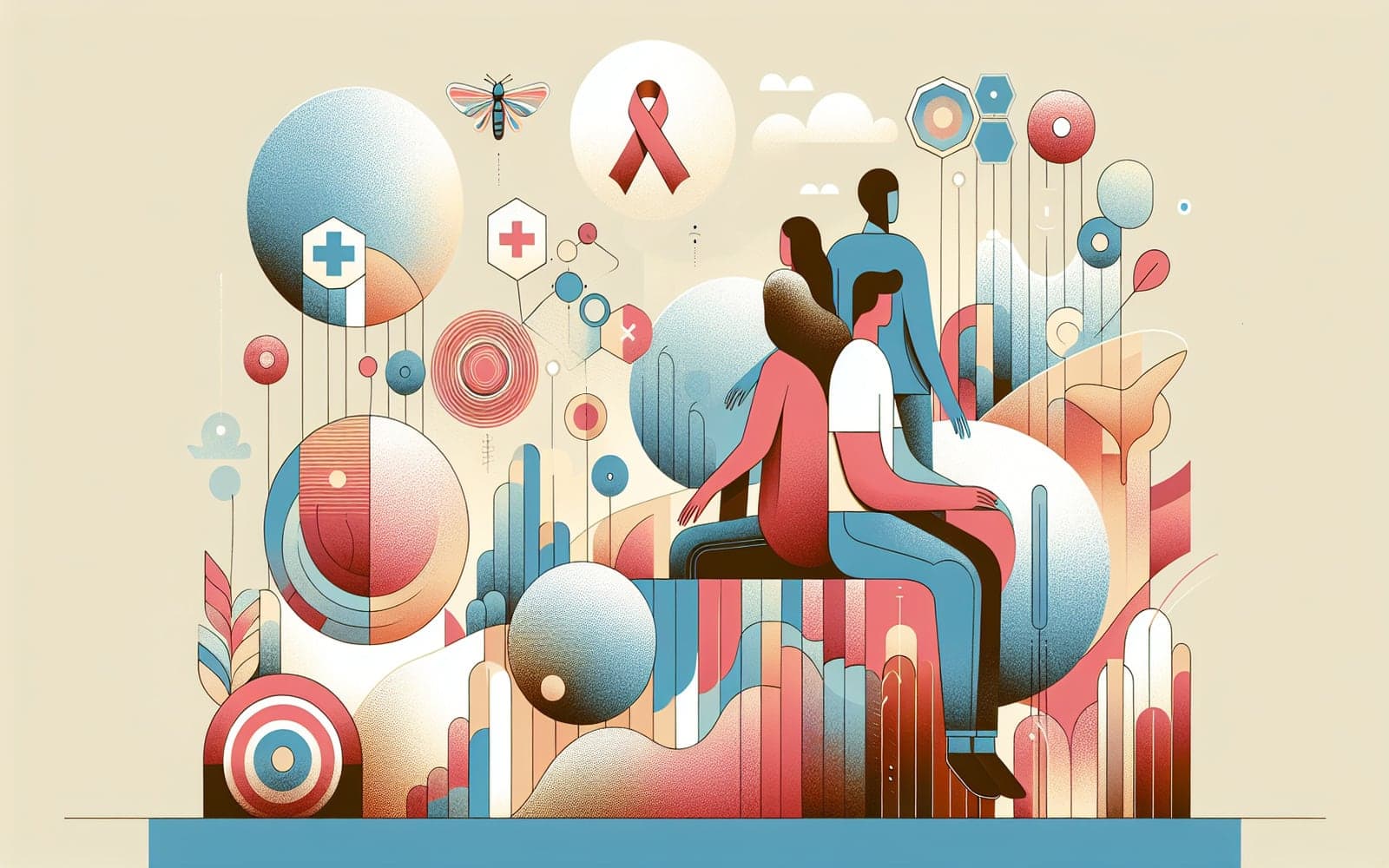Post-Exposure Prophylaxis: A Second Chance After HIV Exposure
Published: Feb 22, 2024
Post-exposure prophylaxis (PEP) offers a second line of defense against HIV after potential exposure. This article delves into how PEP works and its importance for health care workers.
Contents
How PEP Works
PEP involves taking antiretroviral medicines after being potentially exposed to HIV. It's most effective when started within 72 hours of exposure. The goal of PEP is to prevent the virus from taking hold in the body.
Who Should Consider PEP?
PEP is recommended for anyone who has been potentially exposed to HIV, such as through a needle stick or contact with mucous membranes. It's especially crucial for health care workers who come into contact with patients' blood or body fluids.

Duration and Monitoring
PEP treatment typically lasts for four weeks, during which time patients need to be monitored for side effects. Follow-up visits are important to ensure that the medications are tolerated well and to assess for any adverse reactions.
Frequently Asked Questions
PEP is a course of antiretroviral drugs taken after possible HIV exposure.
PEP should be started within 72 hours of exposure for maximum effectiveness.
PEP treatment generally lasts for four weeks.
Anyone with potential exposure to HIV, like health care workers after a needle stick.
Key Takeaways
PEP offers essential protection after potential HIV exposure, emphasizing the need for quick action.
Need more information on PEP? Consult Doctronic for expert advice now!Related Articles
References
Centers for Disease Control and Prevention. Updated U.S. PHS guidelines for the management of occupational exposures to HIV.
Landovitz RJ, Currier JS. N Engl J Med 2009; 361:1768.
Always discuss health information with your healthcare provider.

